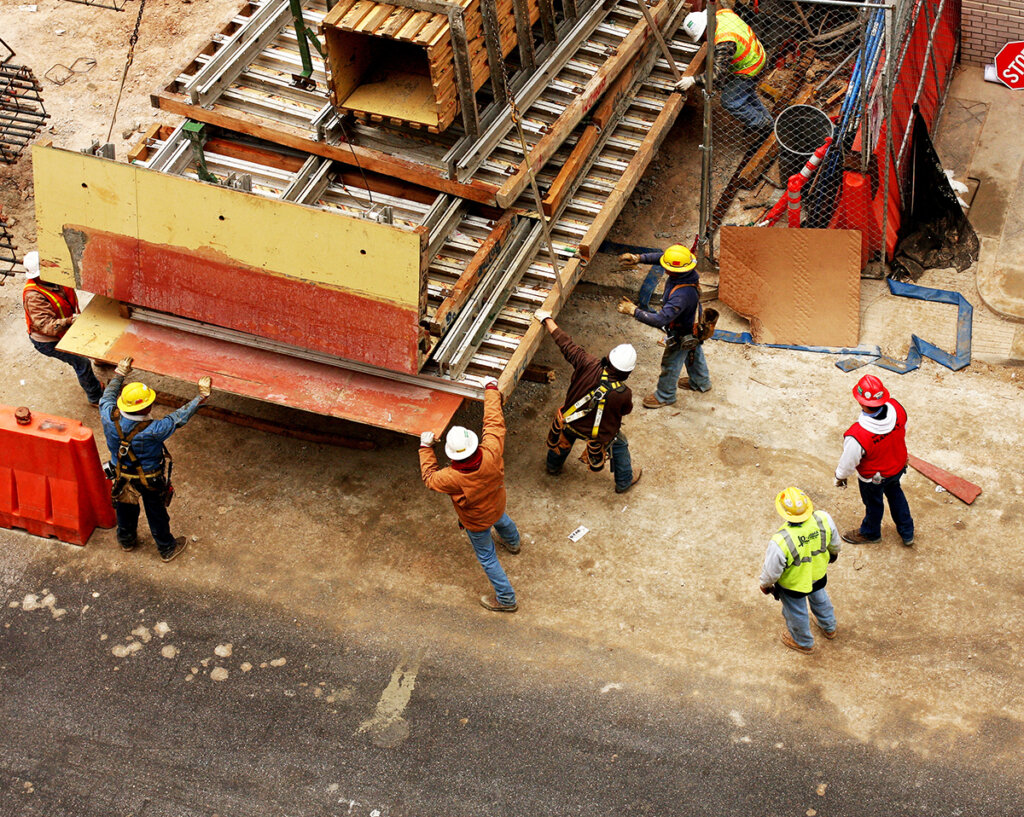
The pressure on planning and building departments is constant. They must oversee private development to ensure communities are safe. They prepare for escalating demands on infrastructure, review development plans, inspect building methods and materials, and navigate a labyrinth of incoming applications, approvals and information requests.
To meet these needs many departments are modernizing, leaning on technology to fill service gaps, speed up processes and make services more accessible to residents. Yet the larger benefits of digital tools are not always apparent. Digitizing workflows and the logistics behind planning and building applications has the power to seed new opportunities for local governments to create a higher quality of life for residents.
Here are four of the larger benefits that are supported by a modern and effective set of digital tools.
1. Economic growth
Reducing the manual and labor-intensive work of master plan creation, plan reviews and approvals means more development and faster growing communities. When there is a bottleneck for planning and building applications, this limits the number of businesses that can find available commercial Real Estate, and in turn, the number local residents they can employ. Further, on the other side of the coin, when housing developers confront delays or setbacks in securing approvals for construction, this stops new residents from entering a community. When applications can be processed quickly this translates into more tax revenues and a stronger economy.
2. Create more livable communities
Automated workflows in the inspection and enforcement of planning and building codes ensures a community’s growth plans are achieved and they develop as intended. Additionaly, digital tools can provide a clearer picture of a communities building landscape through accurate, shareable data. Elected leaders and department decision makers can utilize these reports to create zoning laws and code enforcement regulations that are more effective and representative of a community’s desires.
3. Improved resident satisfaction
Making it easier for builders to do business with their local government improves citizen and business satisfaction and helps communities grow and thrive. Being able to interact in the process from a friendly website, instead of standing in line means builders can save time and money. And faster turnaround times means they can schedule jobs more effectively and do a better job of keeping development projects on schedule and on budget. Further, whether residents are doing things like a small home renovations or other smaller projects have a better experience if they can see the progress of applications.
4. Better Management of Public Funds
The solution decreases phone calls, foot traffic, and paper handling and storage. Agencies become “greener” and reduce the public funds needed to process permits. Yet more importantly, funds saved can be redirected toward innovation, hiring fresh talent with new skillsets and supporting new initiatives and programs.
Click here to learn more about Accela’s Civic Solutions for Planning and Building.



